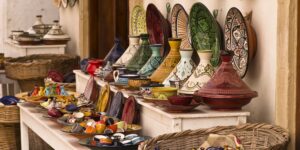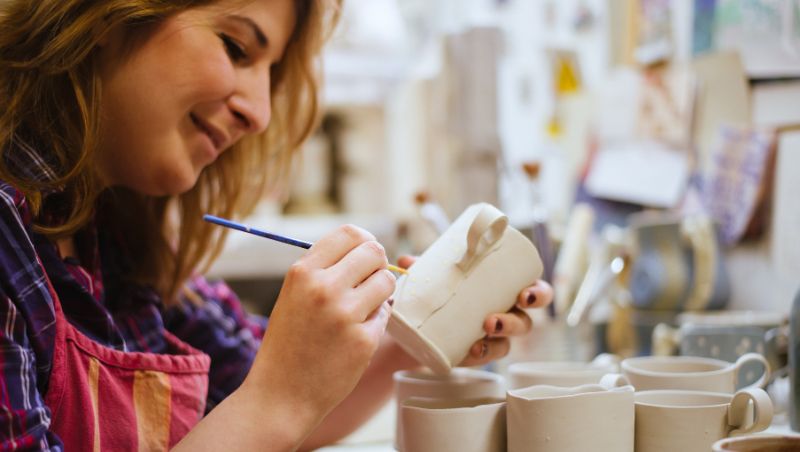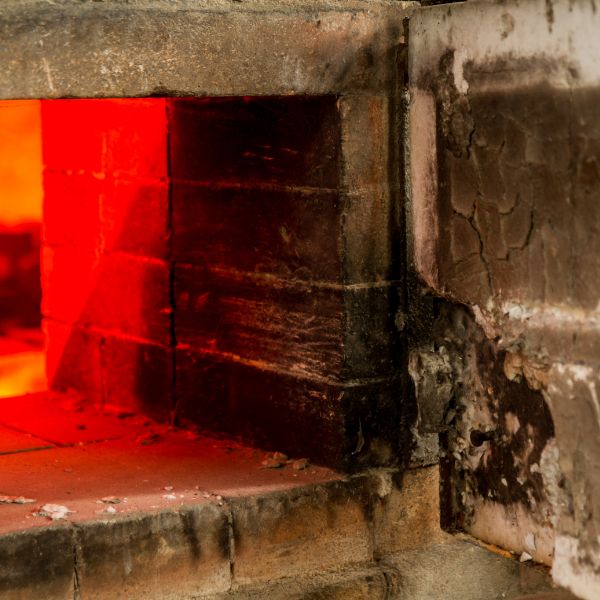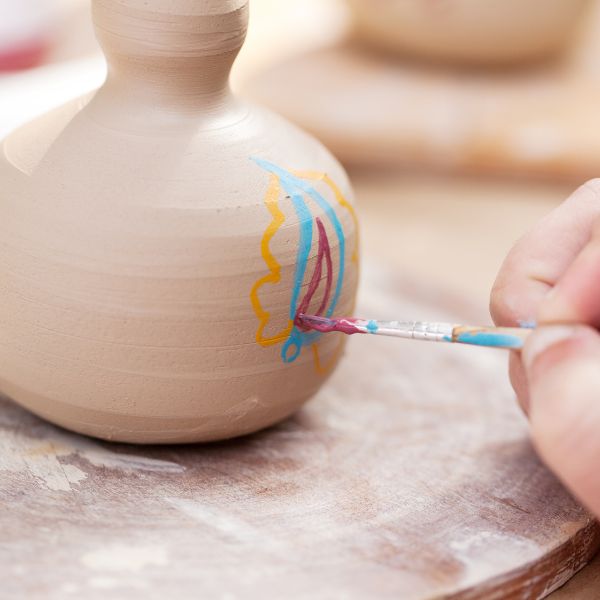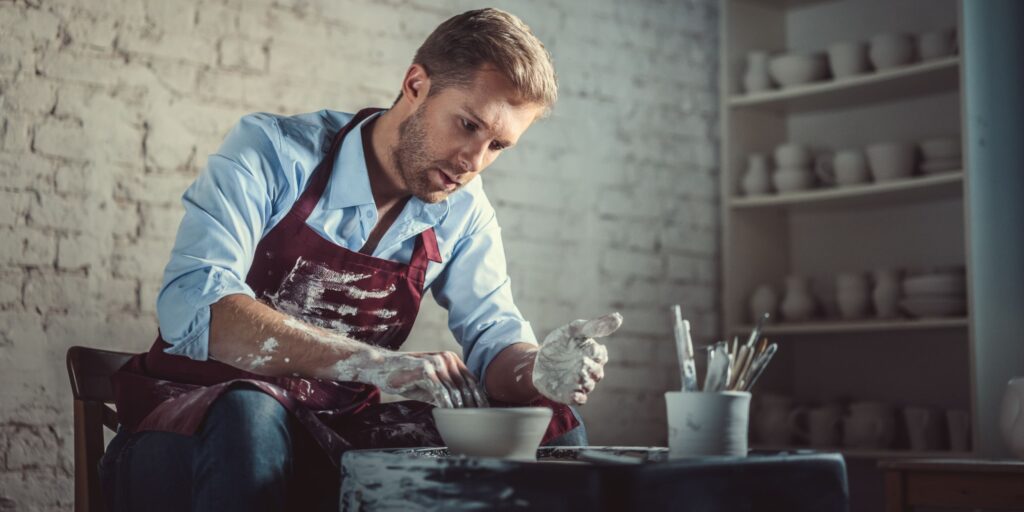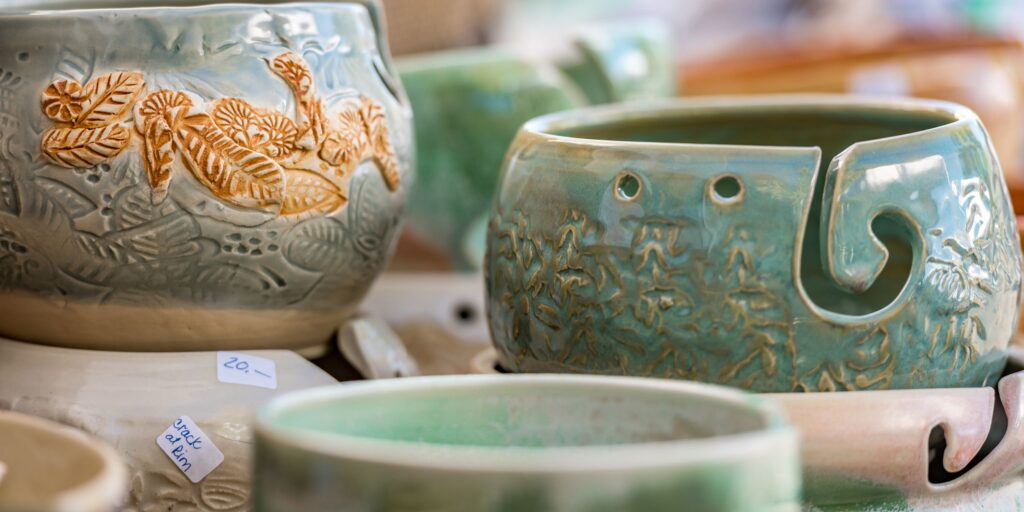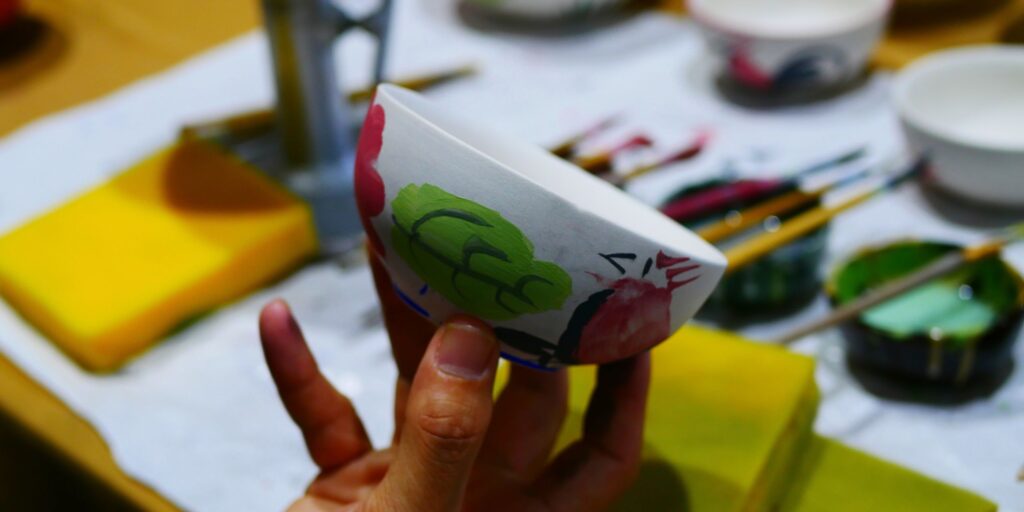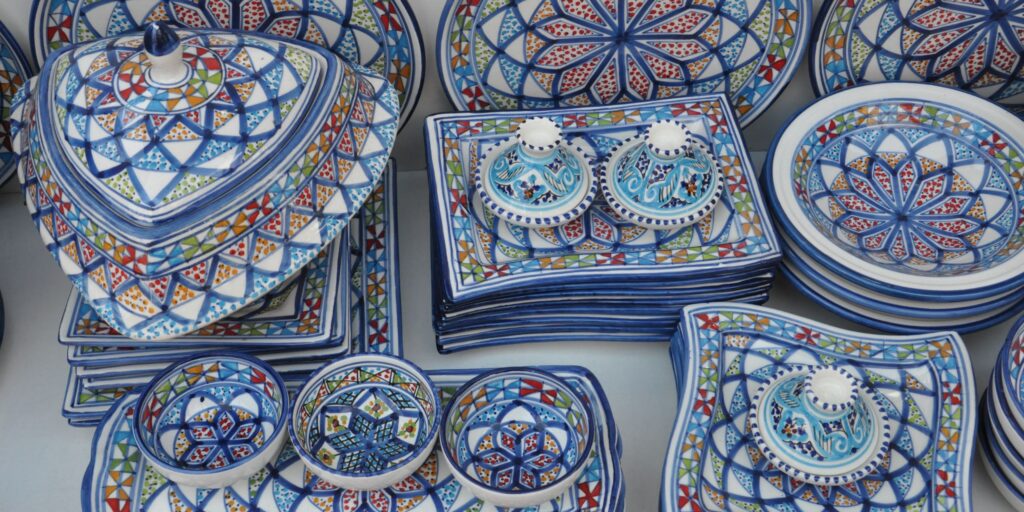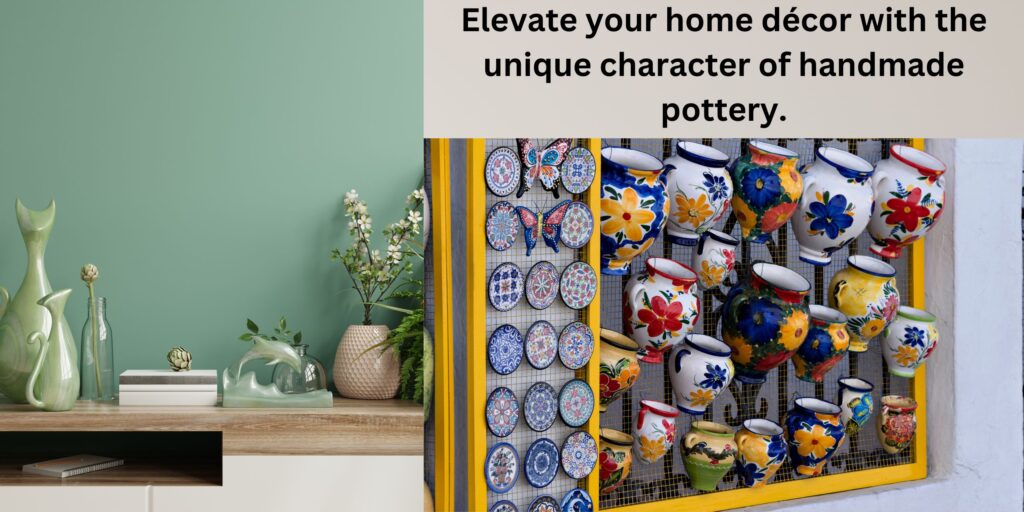You recognize the worth and beauty of your ceramic collection as a collector. Your cherished belongings may be significant investments as well as sentimental worth. As a result, it is critical to safeguard your collection against destruction, theft, and other threats. Installing a garage door is one technique to protect your pottery.
In this post, we’ll go over the advantages of garage doors for ceramic collection protection, the various types of garage doors accessible, how to choose the correct garage door for your pottery collection, and other pottery collection protection guidance.
The Advantages of Using Garage Doors to Protect Your Pottery Collection
A garage door has several advantages that might help protect your ceramic collection. Here are some of the advantages:
1.) Safety
Theft is one of the most serious worries for pottery collectors. A garage door can keep unauthorized people out of your collection. Burglars will have a difficult time breaking in and taking your ceramics if you have a solid and secure garage door.
A garage door additionally safeguards your collection from vandalism. Vandals may try to destroy or deface your pottery. These criminal behaviors can be avoided by using a garage door.
2.) Weather Protection
Weather conditions can be harsh on pottery, making it vulnerable to damage. Fading can be caused by direct sunlight, while water damage can be caused by rain. A garage door shields you from these dangers.
You may protect your pottery from direct sunshine, which may lead to fading and discoloration, by using a garage door. Furthermore, a garage door keeps precipitation from entering your collection and inflicting water damage.
3.) Space Administration
A garage door might aid in the organization of your pottery collections in a designated area. You may efficiently store your ceramics and decrease clutter in your home by designating a storage room. Furthermore, you can construct shelves, cupboards, and other storage solutions to maximize space and safely keep your ceramics.

Garage Door Types
There are various types of doors for garages accessible, each with its own set of features and advantages. These are a few of the more prevalent garage door styles:
1.) Sliding Doors
Sectional garage doors are the most common style of garage door. When opened, they are made up of many horizontal panels that move up and overhead. They are simple to use and come in a number of materials, including steel, aluminum, and wood.
2.) Rotary Doors
Another popular form of garage door is the roller door. When opened, they consist of just one panel that rolls up into a cylindrical form. Roller doors save space, making them an excellent choice for tiny garages. They also offer great security and insulation.
3.) Doors with Side Hinges
Side-hinged doors open in the same way as standard doors do. They are simple to operate and have a classic appearance. Side-hinged doors are often made of wood, lending an organic and elegant appearance.
4.) Roll-Up Doors
When opened, up-and-over doors consist of only one panel that tilts up and back into the garage. They are simple to use and provide good security. You can also select from a variety of substances, such as steel, aluminum, or wood.
5.) Electric Doors
An electric motor operates the garage door on automatic doors. They are practical and simple to use. Furthermore, they enhance security because you can activate them from within your car before having to get out.
The Best Garage Door for Your Pottery Collections
Choosing the best garage door in Saugus MA to fit your ceramic collection necessitates serious thought. Here are some things to think about while choosing a garage door:
1.) Security Options
A garage door’s principal function is to offer security. As a result, you should select a door with strong security measures, such as durable locks, the hinges, and strengthened panels.
2.) Isolation
When choosing a garage door, insulation is an important thing to consider. Insulated garage doors can help manage the environmental conditions inside your garage, protecting your pottery from harsh heat or cold. Insulated doors are also good for homes near busy avenues or highways since they reduce noise and vibration.
3.) Longevity
The garage door you have should be strong enough to endure inclement weather and frequent use. As a result, you should select a door made of materials of excellent quality such as steel or aluminum. These materials are strong, long-lasting, and require little upkeep.
4.) Requirements for Maintenance
Garage door maintenance is an important element of garage door operations. As a result, you should select a door that requires less maintenance. You can, for example, select a door made of materials that will not rust, distort, or corrode, such as titanium or vinyl.
5.) Budgetary Considerations
Garage doors are priced differently depending on the kind, material, and features. As a result, you should select a door that is within your price range while still offering the essential security and safety for your ceramic collection.

Additional Tips for Protecting Your Pottery Collection
Other than installing a garage door, there are other precautions you can take to safeguard your ceramic collection. Here are some more pointers:
1.) Careful packing and storing
To preserve your ceramic collection from harm during shipping, use appropriate packing materials such as bubble wrap or foam when storing it. Furthermore, keep your ceramics on robust and stable shelves away from direct sunlight or moisture.
2.) Maintenance and cleaning on a regular basis
Regular maintenance and cleaning can help your ceramic collection last longer. You ought to vacuum your pottery on a regular basis and inspect it for signs of damage or wear. Furthermore, keep your pottery in a cool, dry spot away from direct sunshine or dampness.
3.) Temperature and humidity monitoring
Temperature and humidity variations may be harsh on pottery. As a result, you should keep an eye on both the humidity and the temperature in your garage to ensure they are within safe limits. These levels can be measured with a thermometer or hygrometer.
4.) Considerations for Insurance
Pottery collections might be an excellent investment. As a result, you should think about insuring them against damage or loss. You can discuss your choices for protecting your ceramic collection with your insurance agent.
Conclusion
Any pottery collector should have a garage door. It offers security, weather protection, and organizing space for your collection. When selecting a garage door, consider safety features, insulation, durability, maintenance requirements, and economic considerations. Other precautions you should take to maintain your pottery collection include careful packaging and storage, periodic upkeep and cleaning, temperature and humidity monitoring, and insurance concerns. By following these precautions, you can conserve your ceramic collections and ensure that lasts for future generations.
